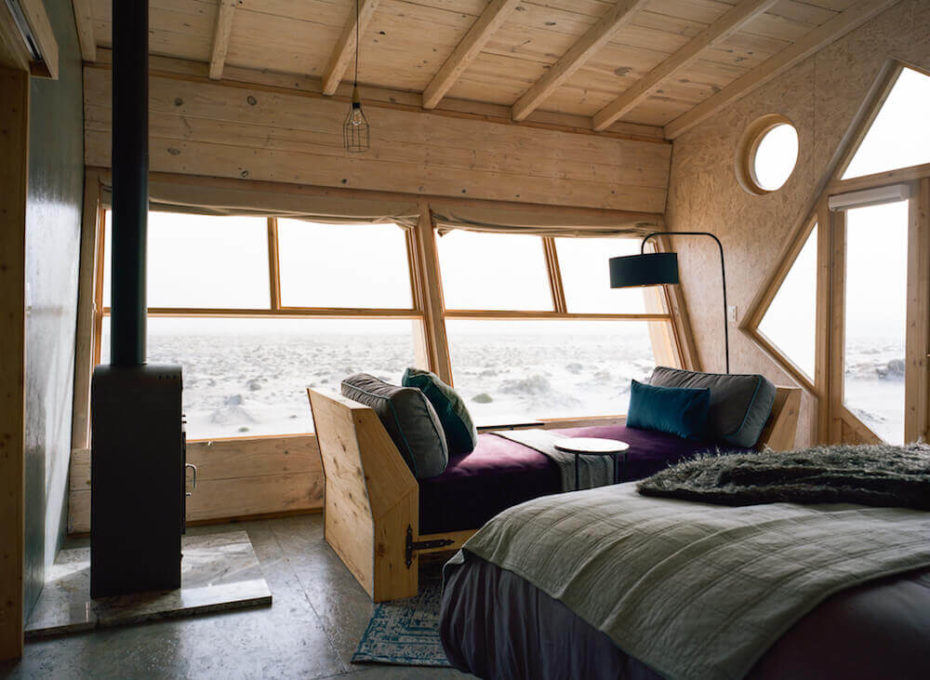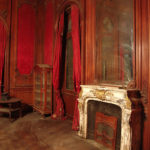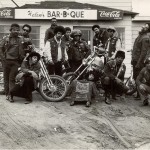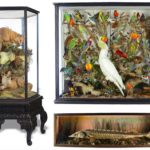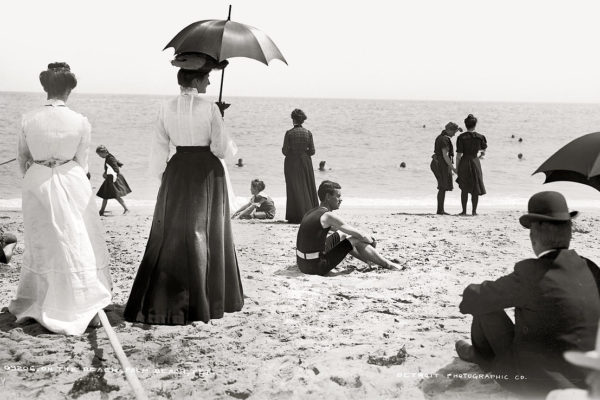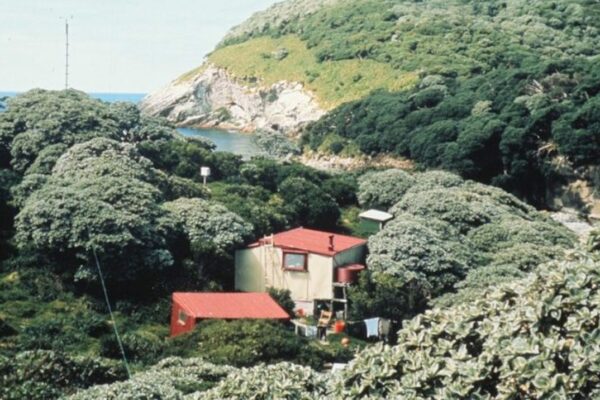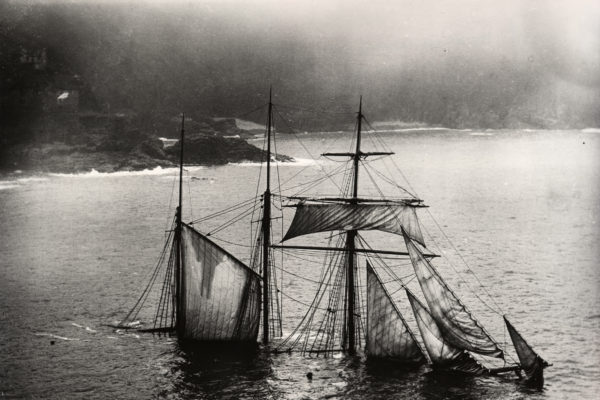Photography by Xenia Ivanoff-Erb
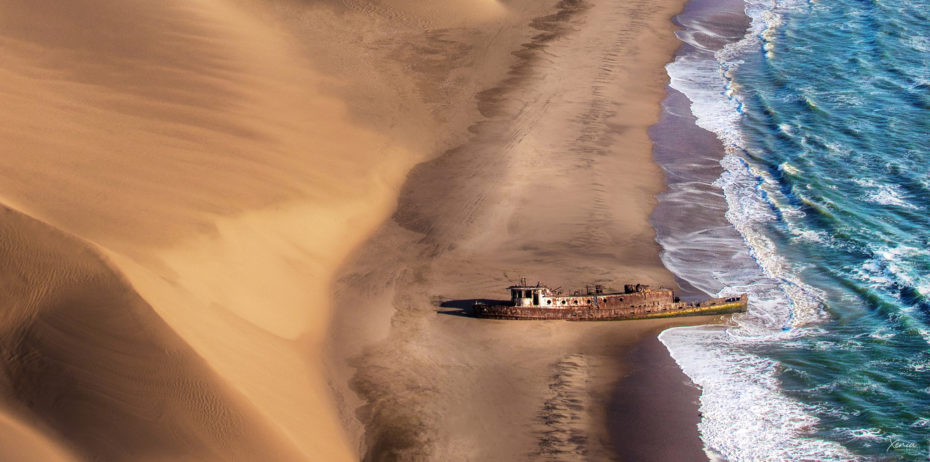
Let’s assume you’ve made it to the Namibian coastline, that you’re finding yourself somewhere above the Ugab and below the Kunene River and more importantly, that you have the stomach for this kind of adventure – whether on land or by air. Boy you’re in for a treat of arid proportions. Only a handful of permits to this extraordinary place gets issued annually, so chances are you’ll have 1600 square km of virgin sand dunes all to yourself, your footprints will be the only human ones in the sand for miles and miles.
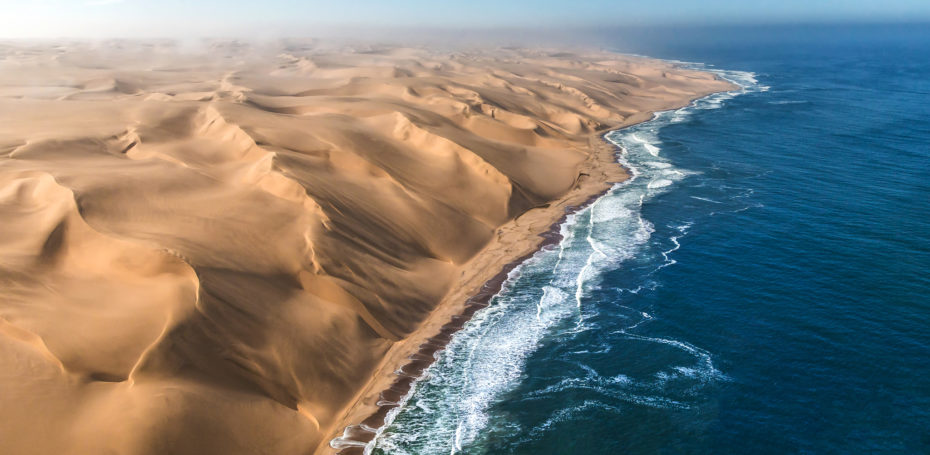
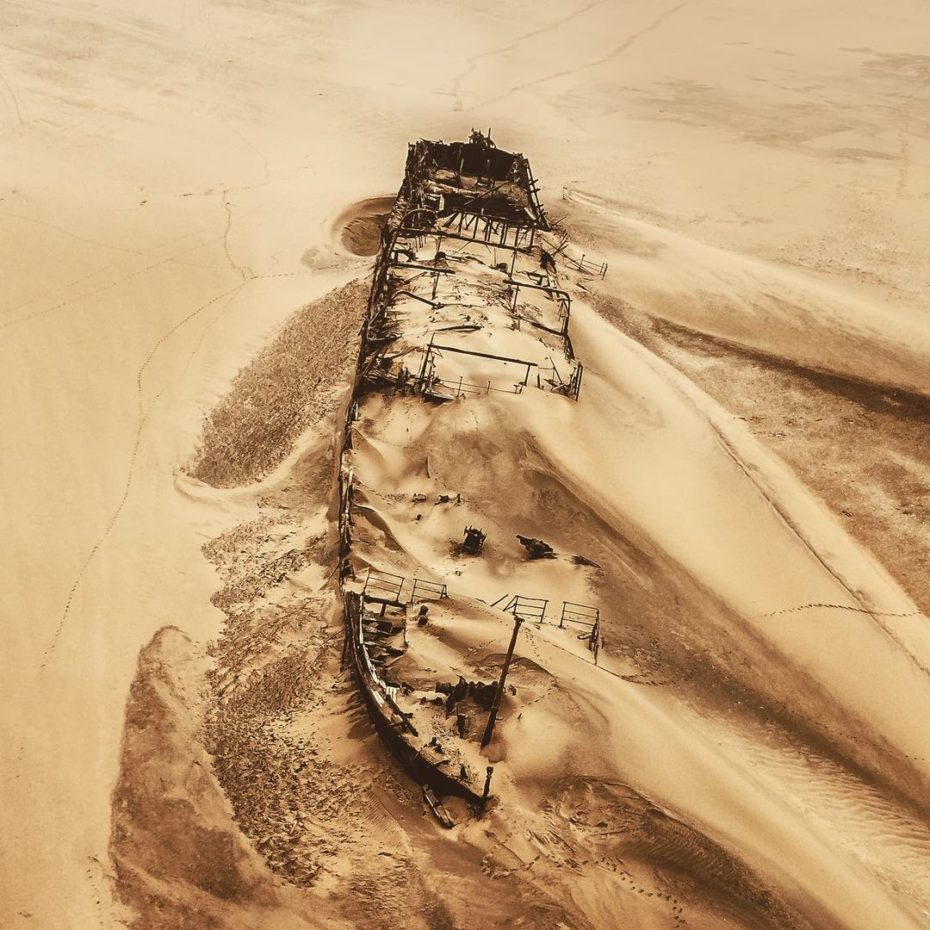
Now, let’s not pretend this untamed wilderness is every traveler’s cup of tea – or hipflask of whisky – but those who “get it”, are compelled, time after time, to return to this place where civilization has as yet been unable to find a foothold. Here you’ll be dished up a potion of all that the most ruthless of desert and sea combinations can possibly throw at you. For it’s here, along miles and miles of fog-shrouded beach skirting the cold Benguela Current, where desert-adapted lions roam the dry riverbeds, elephants are spotted wading through the waves, hyenas, cheetahs, caracals and a lone leopard can be seen scouring the shores for a meal. Human life? Nah, just you. And possibly the remnants of the odd (human) skeleton half buried in the sand.
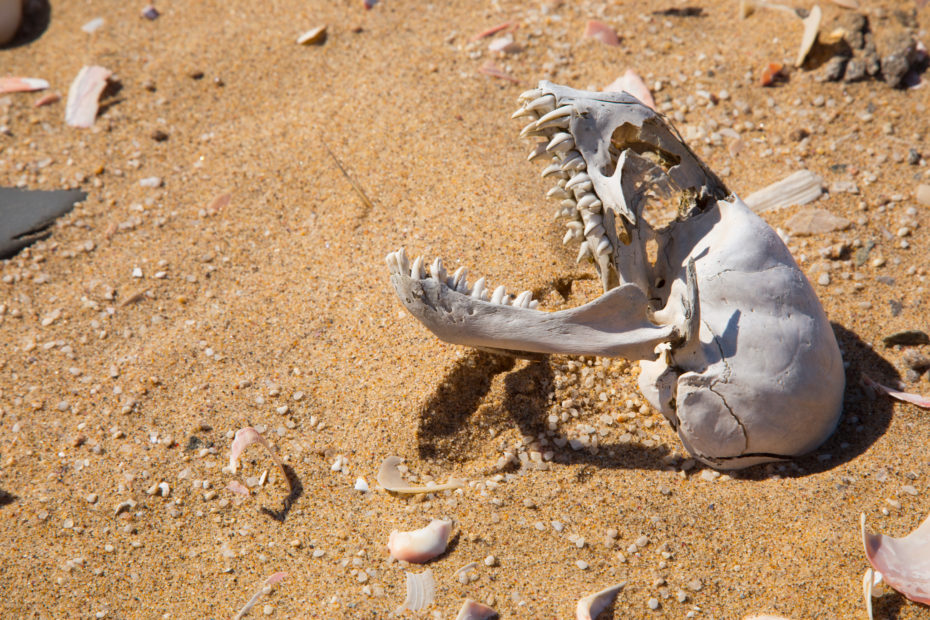
The only vestiges of civilization, further inland, are the huts of the copper-coloured nomadic Himba peoples sparsely dotted across the landscape. The sandy beaches are sprinkled with bleached, white-washed whale and seal bones; the sandscape holding the colossal trophy-like remnants of umpteen unlucky ships captured by the elements and ripped from the untamed waters of the South Atlantic Ocean. A lonely stone cross marks the spot where explorer Diogo Cão must’ve nervously stepped ashore in 1486.
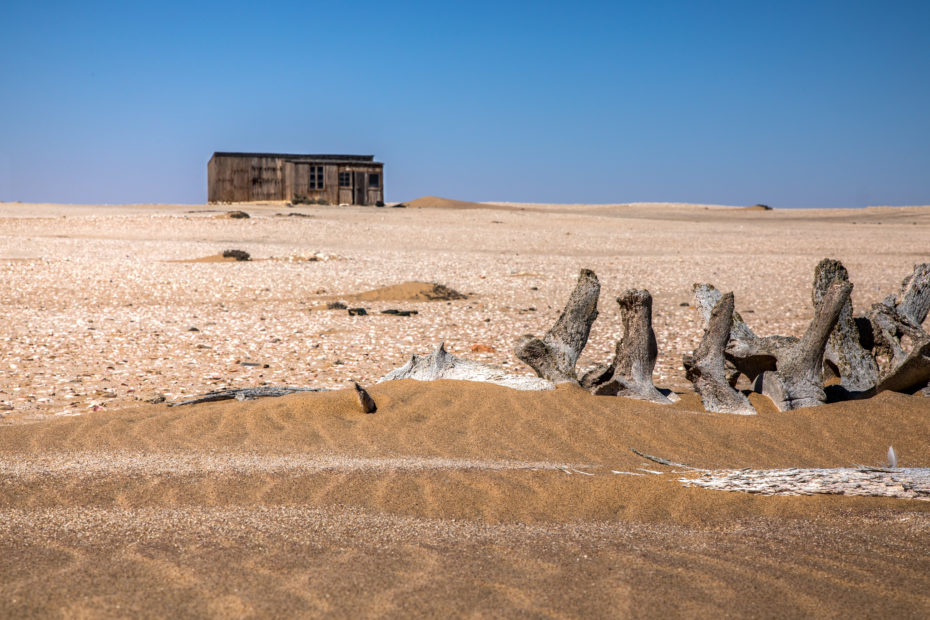
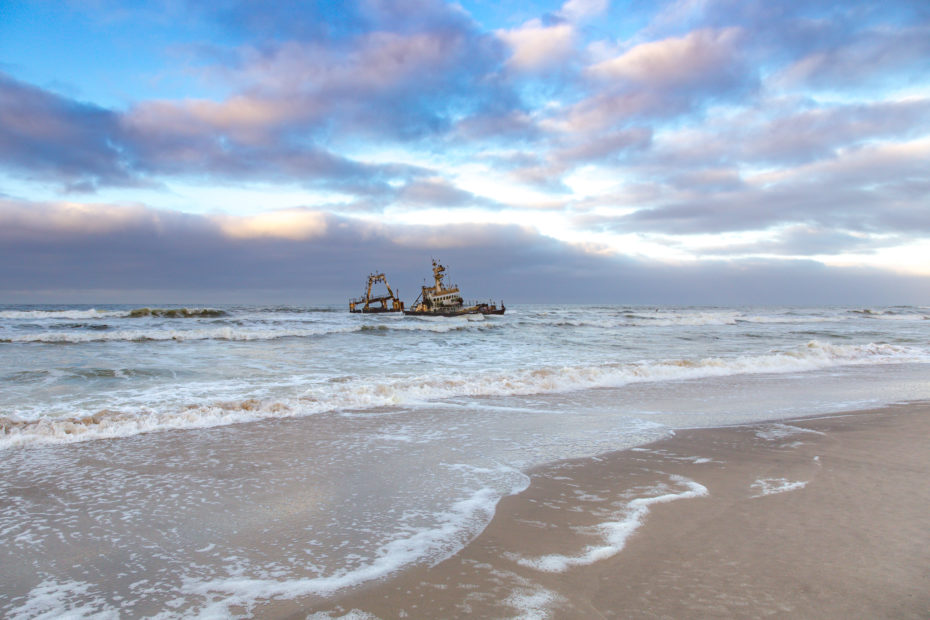
At night, The Milky Way explodes across the sky and you’re treated to a full 360 degree vast starlight show, so clear, close and bright you could almost reach out and pluck yourself a star. And if you’re lucky, at first light you may get a glimpse of a different star, The Dunedin Star, that unfortunate vessel wrecked in 1942 after hitting a reef (or was it attacked by a German U-boat?), forced to spit out its crew and passengers on the shores of the treacherous Skeleton Coast. Further up the coast a modest arch made of whale bones marks the spot where two rescuers from the tugboat The Sir Charles Elliott, in an attempt to rescue those on The Dunedin Star, perished and were buried. Little wonder the Portuguese seafarers referred to this place with its forbidding shoreline as the ‘Gates of Hell’ – a slightly different take on the native Bushmen’s name for The Skeleton Coast, ‘The Land God Made in Anger’.
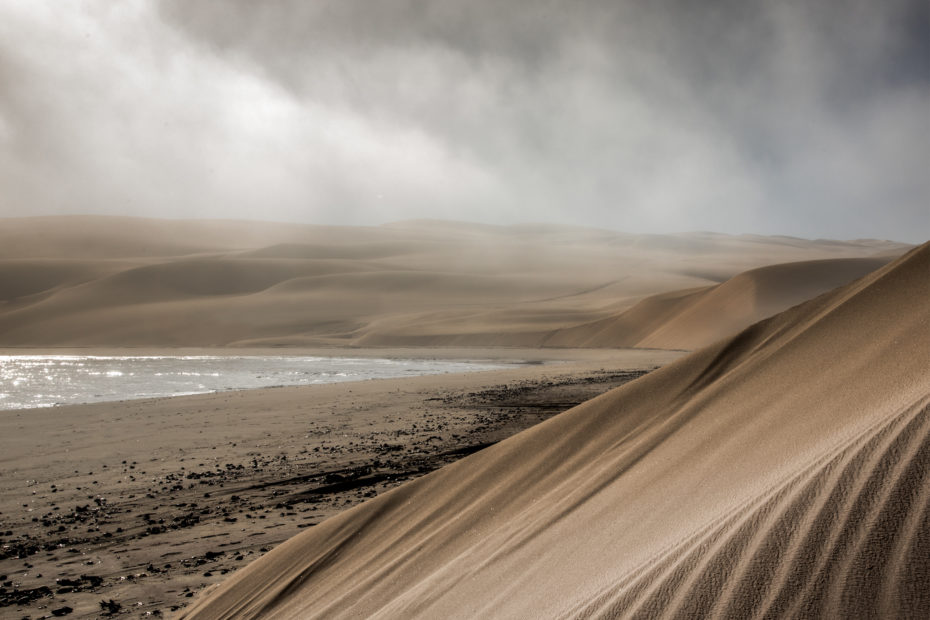
Shipwrecks, over 500 of them, are wry reminders that man has been naive enough to try navigate these wild waters. Their rusting ribs and bones poke up defiantly above the horizon as the salty elements nibble away at their bows below. From wooden Portuguese galleons of hundreds of years past to modern vessels, their fate has been sealed both in and out these waters; they’ve become vast sculptures in this macabre wasteland. Is it any wonder the production crew of Mad Max: Fury Road chose this spot to shoot their post-apocalyptic scenes.
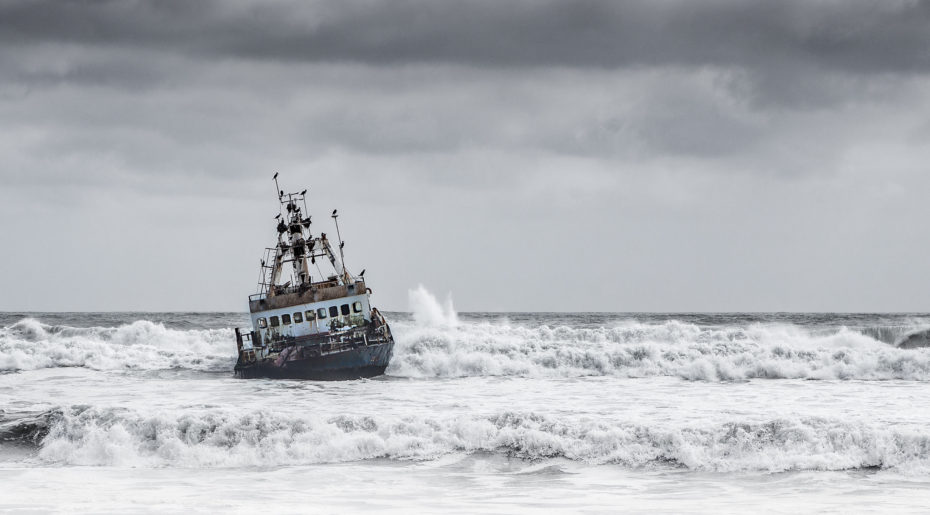
We bet by now you’ve experienced your fair share of soulful sunrises and out-of-this-world sunsets, you’ve spotted the majestic Tarantula Nebula, you’ve been up close and personal with a jackal family on the beach, you’ve got to know your Leica like the palm of your hand, you’ve played Mad Max and somehow you’re still unscathed. Up for one last adventure before you part with this surreal place?
We hope you’ve brought your longboard along as we’re off to one of the least crowded, high-energy bucket-list surfing spots in the world – Donkey Bay AKA Skeleton Bay – also referred to as the ‘Diamond of the Desert’. According to surfers in-the-know, the wave at Donkey Bay is the best discovered wave in the world right now – a jaw-dropping 2 kilometer-long, hollow, thick, fast and a shallow beast of a barrel.
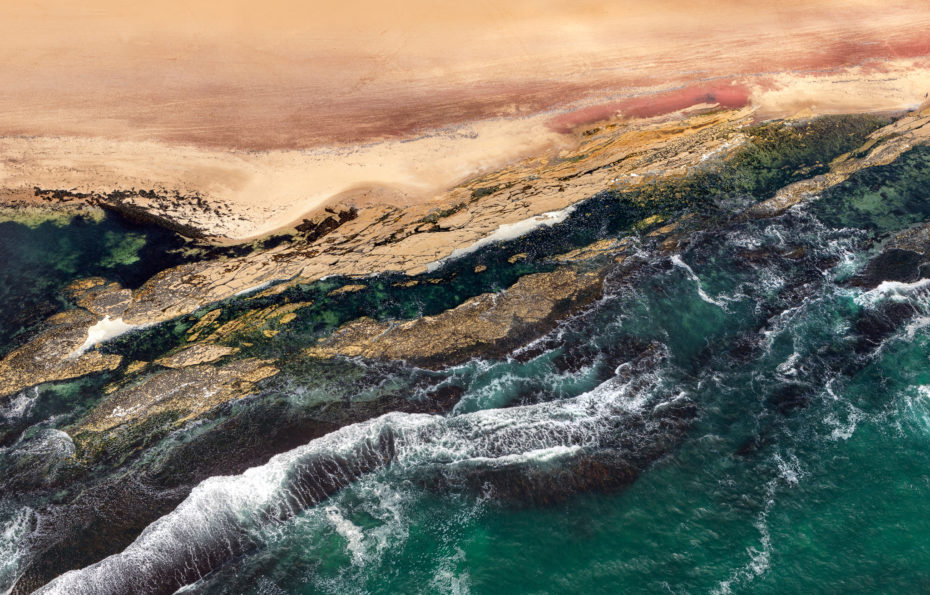
In fact, what makes this experience even more special is that the very chunk of sand that makes Donkey Bay such a surf phenomenon is predicted to migrate northwards, it may change shape and no longer be the epic wave it is today. This place, like the rest of the Skeleton Coast, is unadulterated, hard-core remoteness, an ever-changing landscape at the mercy of the wind and the sand.
The Skeleton Coast might never compete with the likes of Hawaii, the Maldives or Miami Beach for tourist attention. It’ll still be here for millennia to come – likely as unspoilt as it is today. For if there’s a place that knows how to survive against all the odds, this is it. And let’s face it, it’s got the universe and all the elements on its side.
Special thanks to Xenia Ivanoff-Erb for her photography of the Skeleton Coast. Prints available.
Written by Cecile Paul
Where to Stay
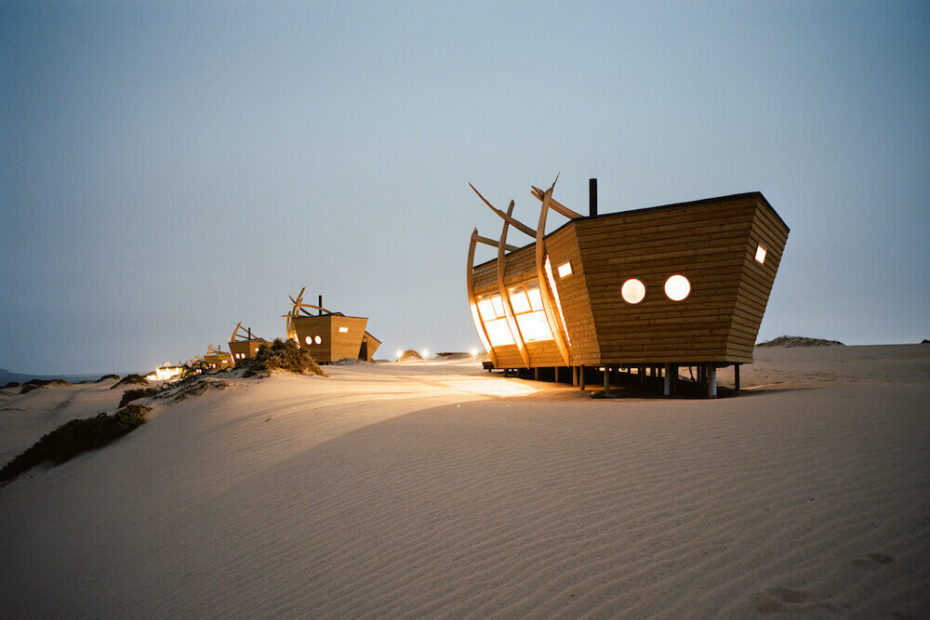
Designed to resemble the shipwrecks that line Namibia’s Skeleton Coast, Shipwreck Lodge is a joint venture with Natural Selection and local Namibian companies and the local communities that border the park.
